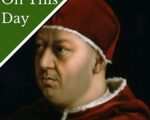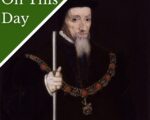On this day in history, 5th April 1603, twelve days after the death of Queen Elizabeth I, the last Tudor monarch, King James VI of Scotland left Edinburgh, bound for London. He was now King of Ireland and England, as King James I, as well as being King of Scotland.
Thirty-seven-year-old James, who was the son of Mary, Queen of Scots, and her second husband, Henry Stewart, Lord Darnley, had received news of Elizabeth’s death late on 26th March, when an exhausted Sir Robert Carey had arrived at Holyrood. James had been in bed, but Carey was escorted to his chamber, where he knelt by him, and as Carey recorded, “saluted him by his title of England, Scotland, France, and Ireland”. In reply, James said, “I know you have lost a near kinswoman, and a loving mistress: but take here my hand, I will be as good a master to you, and will requite this service with honour and reward.”
[Read More...]
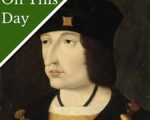


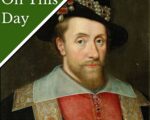
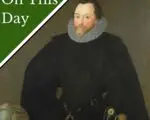

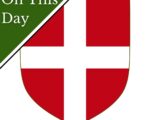
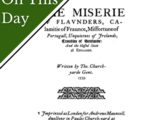
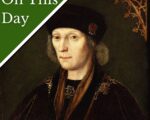
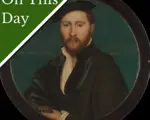
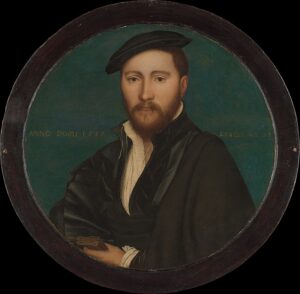
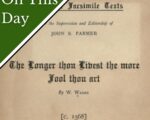

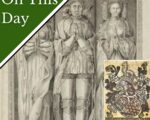
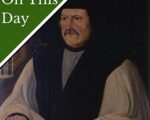
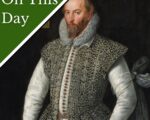
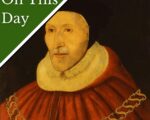
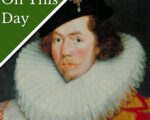
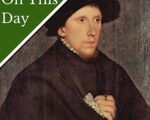
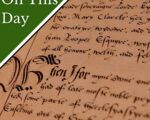
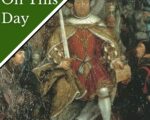
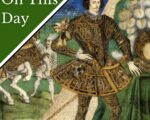
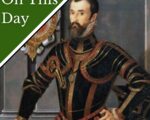


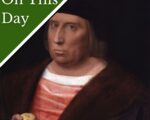
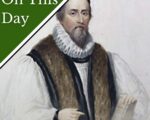
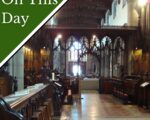


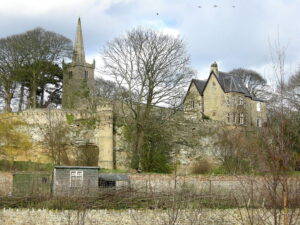 On this day in Tudor history, 12th March 1564, in the reign of Queen Elizabeth I, Roman Catholic priest and martyr Christopher Bales was baptised in Coniscliffe, in County Durham, in the north of England.
On this day in Tudor history, 12th March 1564, in the reign of Queen Elizabeth I, Roman Catholic priest and martyr Christopher Bales was baptised in Coniscliffe, in County Durham, in the north of England.